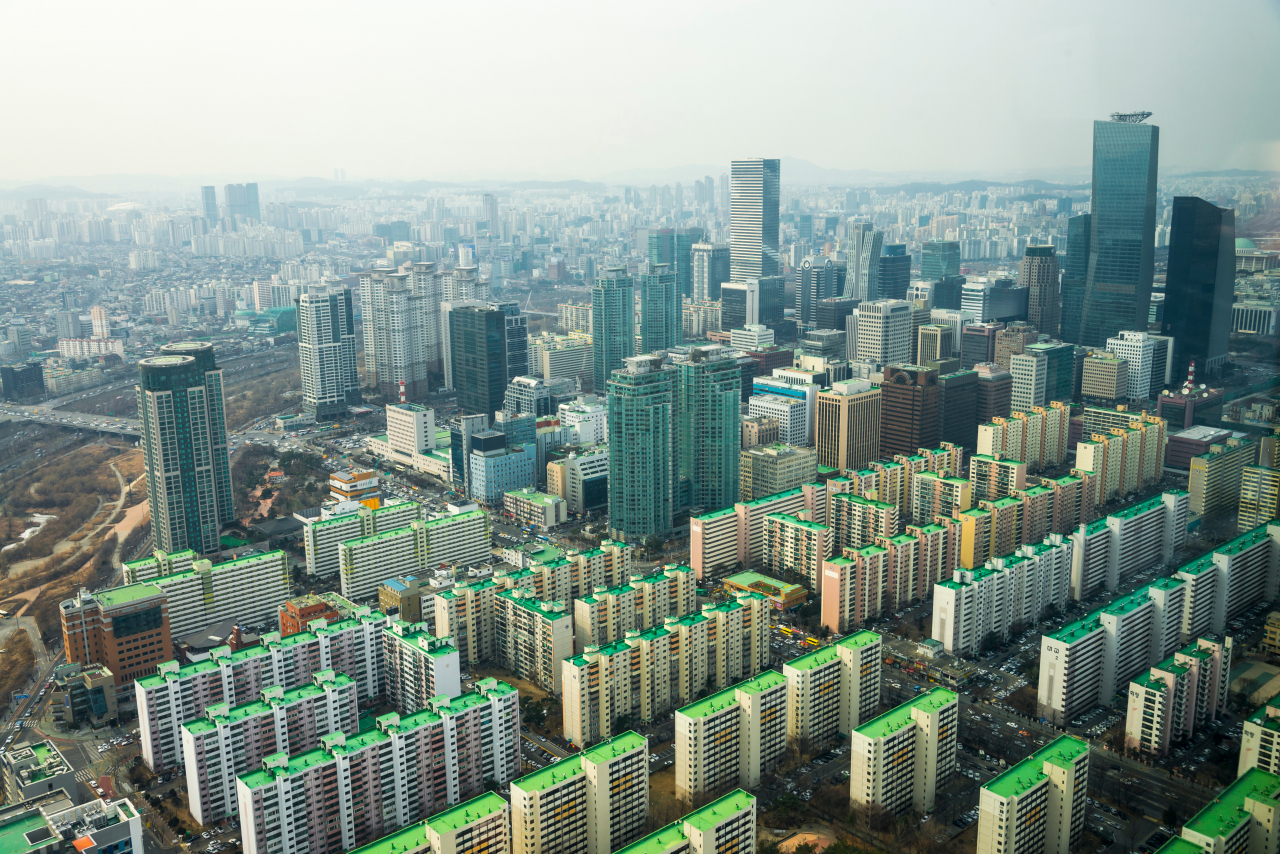Medical, education access higher in rich neighborhoods
By Choi Jeong-yoonPublished : Jan. 8, 2024 - 15:02

Wealthy and impoverished neighborhoods in Seoul suffer significant disparities in medical treatment, education and other facilities, a report has shown.
According to research on different living environments conducted by the Korea Research Institute for Human Settlements, the number of hospitals and doctors per capita was significantly higher in areas where house prices were higher.
The number of hospitals was higher in expensive neighborhoods. High-priced neighborhoods had 25.5 hospitals per 10,000 residents, while low-priced neighborhoods had 14.9.
The number of doctors per 10,000 people was also more than double, with 50.9 doctors in high-priced neighborhoods and 22.2 in low-priced neighborhoods.
The researchers categorized Seoul districts into two groups according to the value of housing, with 455 in the high-value category and 1025 in the low-value one. They then compared the quality of the living environment, including transportation, living, health and welfare, education, culture and sports. The average price of a home in a high-value neighborhood is about 1.3 billion won ($987,800), while it was about 200 million won ($152,000) in low-value neighborhoods.
The rate of middle school graduates enrolling in specialized or private high schools was three times higher in high-value housing clusters. More than 18 percent of middle schoolers in rich neighborhoods went to elite high schools, compared to 6 percent in areas of low-value housing.
The number of public libraries per 100,000 people also differed, with 2.3 in high-value neighborhoods and 1.7 in low-value neighborhoods. Disparity in the number of sports facilities also occurred with high-price neighborhoods having 8.1 and the counterpart having 5.4.
The researchers emphasized that low-income housing clusters should be prioritized for public hospitals and medical centers to reduce the gap in the number of hospitals and doctors.
"While there is less room for the state to intervene in hospital siting, as it is done privately for private hospitals, establishing more public hospitals in low-value housing clusters can narrow the gap between neighborhoods," said the report.
Transportation was also identified as an area that needs to be addressed. The study found that low-value neighborhoods had fewer subway stations per capita and fewer bus routes than expensive neighborhoods.





![[KH Explains] No more 'Michael' at Kakao Games](http://res.heraldm.com/phpwas/restmb_idxmake.php?idx=644&simg=/content/image/2024/04/28/20240428050183_0.jpg&u=20240428180321)














